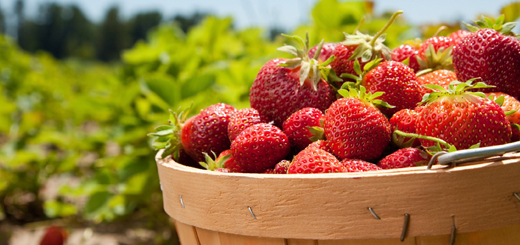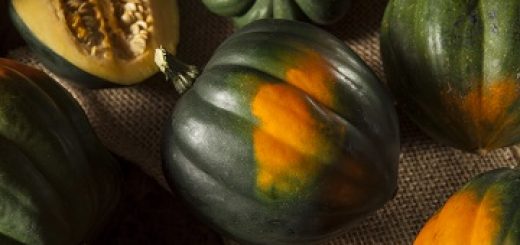In the store with Sigonas featuring:
Orange You Glad
A Burst of Sunshine for the Rainy Days
Diane Rezendes, food writer
Rain, rain, rain. Yes, we need it – but with most of winter still stretching out ahead of us, we could also use some sunshine to bring cheer to these short January days. Which makes it the perfect season for beautiful, sunny citrus fruits. Their clean taste and burst of sweet-tart flavor are just the thing to brighten salads, make piquant sauces, and (maybe best of all) just peel and eat!
We love grapefruit, lemons and limes, and we have plenty in stock for you to enjoy. But when it comes to sunshine in a peel, oranges just might be our favorite.
Right now we’re featuring local Fresno navels (be sure to check out the coupon), Cara Caras, Valencias and blood oranges.
We’ll start with the navel orange, probably the original lunchbox orange. Kids love eating the little ‘baby’ oranges that often show up right behind the navel! It turns out the kids are right when they call them baby oranges: in fact, those little sections are a conjoined orange twin that never fully develops.
Because they are seedless, navel orange trees have to be propagated through grafting. Today’s orange growers can trace their fruit’s lineage all the way back to the 1800s and a single tree in Bahia, Brazil. They came by way of a venerable tree known as the Riverside parent, which supplied its branches for grafting to the ancestors of today’s navels. If you visit Riverside, you can see the 145-year-old tree in the heart of downtown.
Cara Cara oranges, first cultivated in Venezuela in the 1970s, are milder than navels and offer flavor hints of tangy tangerine and grapefruit. You might even notice a hint of cranberry! A Cara Cara looks nearly identical to a navel orange on the outside, but its sweet and juicy interior is a deeper, pinkish red. That pink color results from high levels of lycopene, an antioxidant compound associated with good eye health and good prostate health.
Like their Cara Cara cousins, blood oranges, native to Italy and Spain, are less acidic than navel oranges, and burst with rich citrus flavor that finishes with a sweet berry – almost raspberry – aftertaste. Peel it open to reveal its deep burgundy hue. That comes from a pigment called anthocyanin – common to many red fruits and flowers, and not usually seen in citrus (another powerful antioxidant).
Choosing and Using
With oranges, as well as with all citrus, select fruit that feels heavy for its size, as it indicates more juice.
If you’re juicing them, why not try a half-and-half with blood oranges and Valencia? It’s a great way to start the morning, and the color is as beautiful as a coral-tinged sunrise. For a festive brunch, consider substituting the sumptuous red juice of the blood orange in mimosas or juice coolers.
For lunch or dinner, use the juice as sauce base for both savory and sweet dishes. Sectioned, any variety adds a pleasing contrasting color to salads, chicken or fish dishes.












